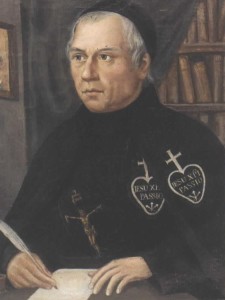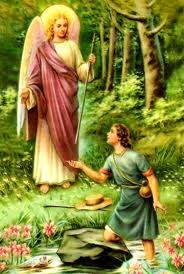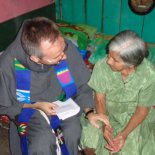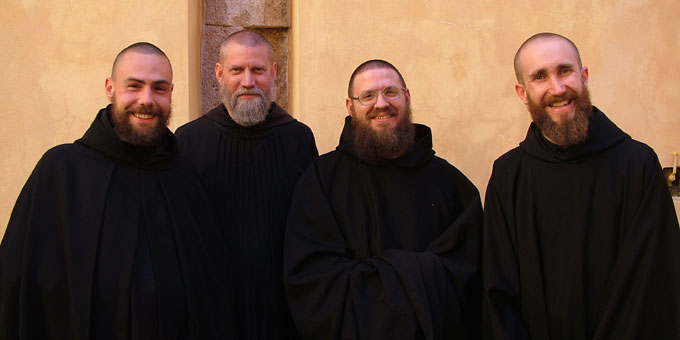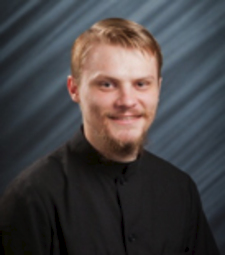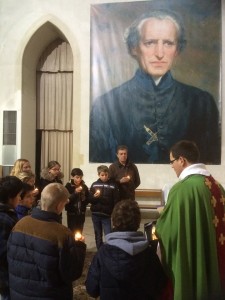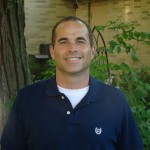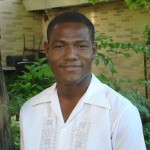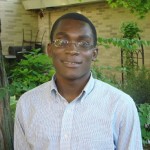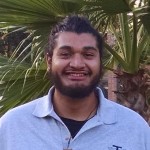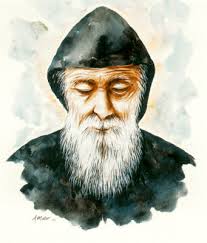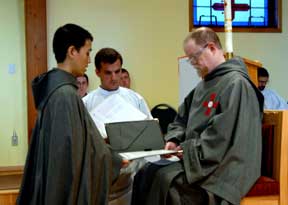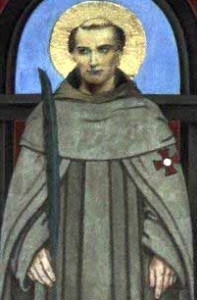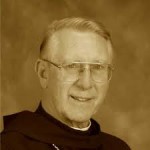
Abbot Charles of Oceanside Abbey in California, recently celebrated 50 years of his Profession of Vows. That is, the vows of Stability, Fidelity to the Monastic way of life (Conversatio Morum), and Obedience.
He also gave a beautiful homily on the occasion of the final profession of Br. Bede, who at age 39, begins a new chapter in his Benedictine of life. The homily was a fresh look at the vows, which he described as Stability of Feet, Stability under Obedience, Stability under the Rule and Stability in and to the Community. As the Abbot reminds us, the vow of stability is unique to monastic orders. It can all be summarized as stability of heart in which the monk binds himself to God. “The more one remains rooted in God, the more he progresses in virtue.”
Stability of Feet: “As the tree which is often transplanted brings no fruit, so the monk who wanders can bring no fruit.” This also means perseverance in ones’ obligations, as a contrast to acedia (listlessness, torpor, diversion from the task at hand).
Stability under Obedience: When obedience is seen as a negative, one will always hold something back. When you do someone else’s will (as long as it is not sinful), you are free of your own self-will. “That is following Christ who came to do not His own will but the Will of Him who sent Him.”
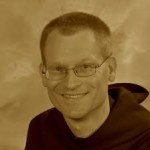
Stability under the Rule: “From this day, he is no longer free to leave the monastery, nor shake from his neck the yoke of the Rule” which after a long “period of reflection, he was free to reject or accept.”
Stability in and to the Community: The bond is not so much to a place as to a community. “The one who is to be received comes before the whole community” (RB 58.17). Like the apostles and first disciples, Br. Bede has given up body, soul, will and possessions to follow Jesus.
Said Abbot Charles: Brother Bede, you have given up all and die symbolically today by having the pall placed over you. This powerful and poignant symbol indicates that you are giving up your old life of individuality and are donating the new man, as it were, to the Lord and to the community.

